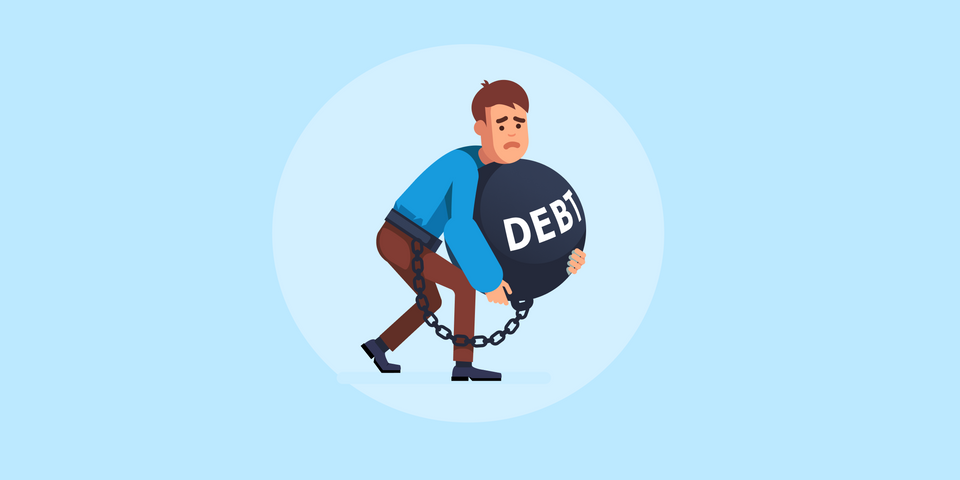Debt: Friend or Foe? Evaluating the Benefits and Risks for Companies

The presence of debt in a company's capital structure is neither inherently good nor bad. It depends on various factors, including the company's financial health, industry dynamics, risk appetite, and management's ability to manage debt effectively. Here are some key points to consider when evaluating the impact of debt on a company:
Financial Leverage:
Debt allows a company to leverage its capital by accessing external funds to finance its operations, investments, or expansion plans. It can enhance the company's return on equity (ROE) by amplifying profits generated with borrowed money. When used prudently, debt can be an effective tool to accelerate growth and create value.
Cost of Debt:
The cost of borrowing is a crucial consideration. If a company can secure debt at a low interest rate, it can benefit from leveraging its operations. However, if the interest rate is high or the company has poor creditworthiness, the cost of debt servicing can become burdensome and impact profitability.
Cash Flow and Debt Servicing:
A high level of debt can put pressure on a company's cash flow as it needs to make regular interest and principal payments. If the company generates consistent and healthy cash flows, it can comfortably service its debt obligations. Conversely, a company with weak cash flows may struggle to meet debt payments and risk default.
Risk and Financial Stability:
High levels of debt increase a company's financial risk and vulnerability to economic downturns or industry-specific challenges. Excessive debt can hinder financial flexibility, limit investment options, and increase the risk of bankruptcy or insolvency. Companies with a significant debt burden may face challenges in managing liquidity and maintaining financial stability.
Industry Norms and Capital Structure:
The appropriate level of debt varies across industries. Some industries, such as utilities or infrastructure, often carry higher levels of debt due to their capital-intensive nature. Comparing a company's debt levels to industry peers and understanding industry norms can provide insights into whether the company's debt is within acceptable bounds.
Growth and Return Expectations:
Companies that are in a growth phase or have investment opportunities may choose to use debt to finance their expansion plans. By leveraging debt, they can deploy more capital to generate higher returns. However, companies with limited growth prospects or unstable cash flows may prefer a more conservative debt structure to mitigate risks.
Conclusion
It is essential to evaluate the company's overall financial health, including factors like profitability, cash flow generation, liquidity, and risk profile, when assessing the impact of debt. Each company's situation is unique, and the appropriateness of debt depends on its specific circumstances, industry dynamics, and management's ability to effectively manage and service the debt.






Member discussion